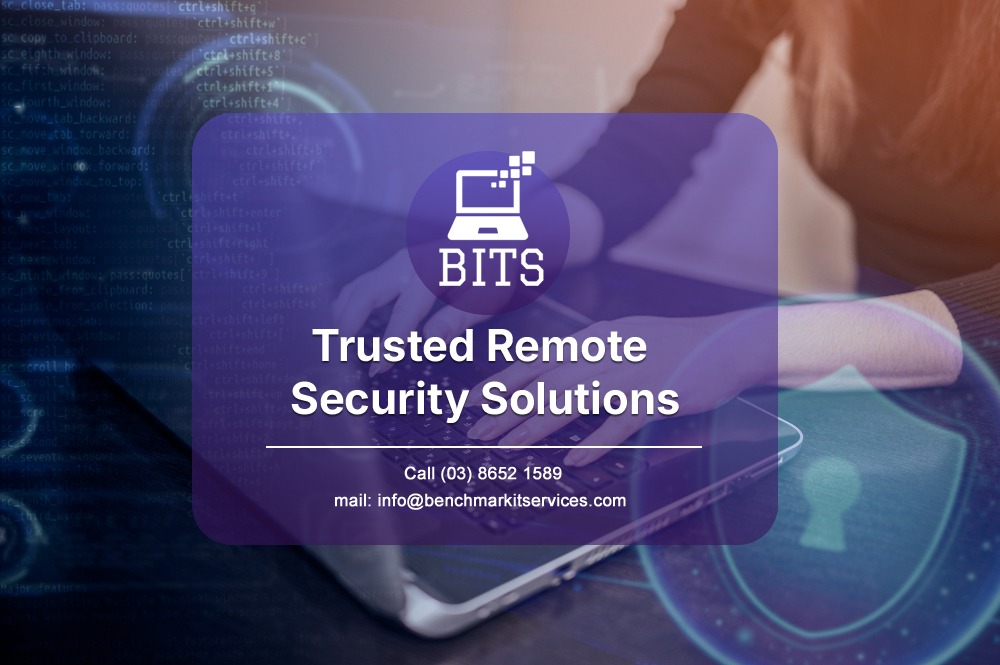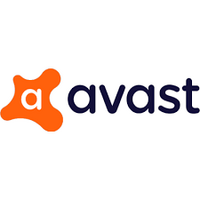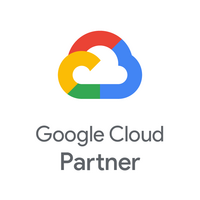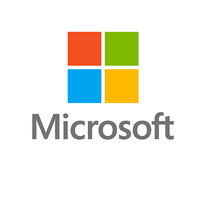Remote work is no longer a temporary fix but a core part of modern business. With employees connecting from homes, cafes, or co-working spaces, organizations must adapt their cybersecurity strategies to ensure safe and reliable access. For distributed teams across Australia and New Zealand, securing remote access is critical to business continuity and data protection.
Benchmark IT Services helps businesses navigate these changes with robust, scalable, and proactive security solutions that align with current threats and workplace dynamics.
Why Remote Access Needs Extra Protection
When users access company data from outside the office, they often bypass traditional network safeguards. This shift exposes businesses to a wide range of risks including unauthorized access, phishing, ransomware, and data breaches. Remote environments can be unpredictable, and even a single unprotected device can compromise an entire network.
Strengthening User Authentication and Access Control
Every remote security strategy must begin with proper user identification. Identity and Access Management helps ensure that only verified individuals have access to sensitive data and systems.
Consider the following best practices to enhance user access security
- Enforce complex passwords and regular password changes
- Enable multi factor authentication across all devices
- Use permission-based access based on roles and responsibilities
These practices reduce the chances of compromised credentials and unauthorized access.
Securing Connections with Virtual Private Networks
A secure remote session requires encryption. A Virtual Private Network provides a private, encrypted path for internet traffic, protecting data from interception. VPNs are especially useful when employees use public or unsecured networks.
Advanced VPN solutions offer features such as centralized control, visibility into connected devices, and smart routing to improve both security and performance.
Protecting Devices with Endpoint Security
Each remote device is a potential entry point for attackers. Endpoint protection tools help monitor and secure laptops, desktops, tablets, and smartphones used by remote staff.
Modern endpoint security solutions provide real time scanning, malware removal, suspicious activity alerts, and automatic updates. Companies can also deploy device management tools to lock or wipe lost devices.
Adopting a Zero Trust Security Model
Zero Trust assumes that every user and device is untrusted by default. Instead of relying on one time verification, this model continuously evaluates each request based on user behavior, device status, and access context.
This strategy adds an important layer of defense, especially for distributed teams where physical control of the network is not possible.
Keeping Software and Systems Up to Date
Outdated software contains vulnerabilities that attackers often exploit. Regular updates and patches close these security gaps.
Businesses should automate software updates across all devices and systems. A routine patch management policy ensures your remote infrastructure stays ahead of known threats.
Educating Employees on Cybersecurity Basics
Unintentional user actions often open the door to cyber threats more than technical flaws. Organizations must regularly train employees to understand common cyber threats and follow safe practices.
- Training should cover topics such as
- Identifying phishing emails and suspicious links
- Avoiding unsecured Wi Fi networks
- Reporting unusual activity without delay
Cyber awareness programs help build a strong security culture across remote teams.
Monitoring Access and Responding to Threats
Monitoring tools help track all remote access attempts and detect anomalies. With real time alerts and actionable insights, businesses can respond to threats before they escalate.
Benchmark IT Services provides around the clock security monitoring and managed threat response. Our experts analyze security logs, investigate alerts, and take immediate action when risks are detected.
Trusted Remote Security Solutions from Benchmark IT Services

The rise of remote work is driving a permanent change in workplace infrastructure and security needs. That is why companies must invest in strong, adaptable cybersecurity solutions. Benchmark IT Services delivers enterprise-grade protection tailored to remote and hybrid work environments.
We help you implement secure access frameworks that support employee productivity while defending your data from cyber threats. Confidently drive your business forward knowing your systems are protected by Benchmark IT Services professionals.









